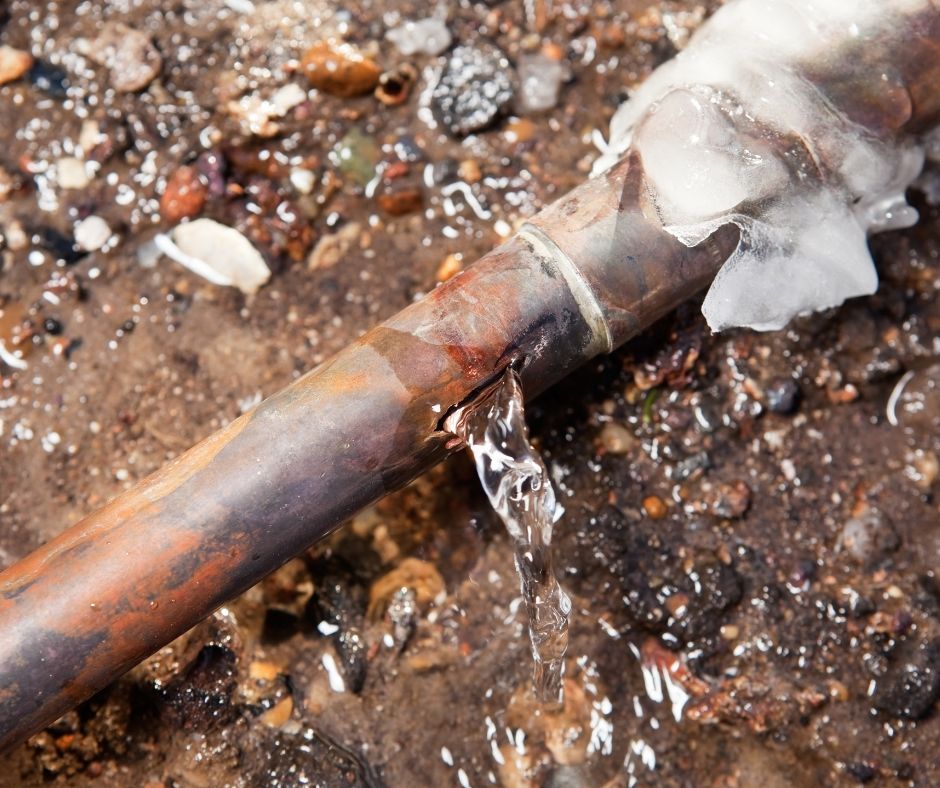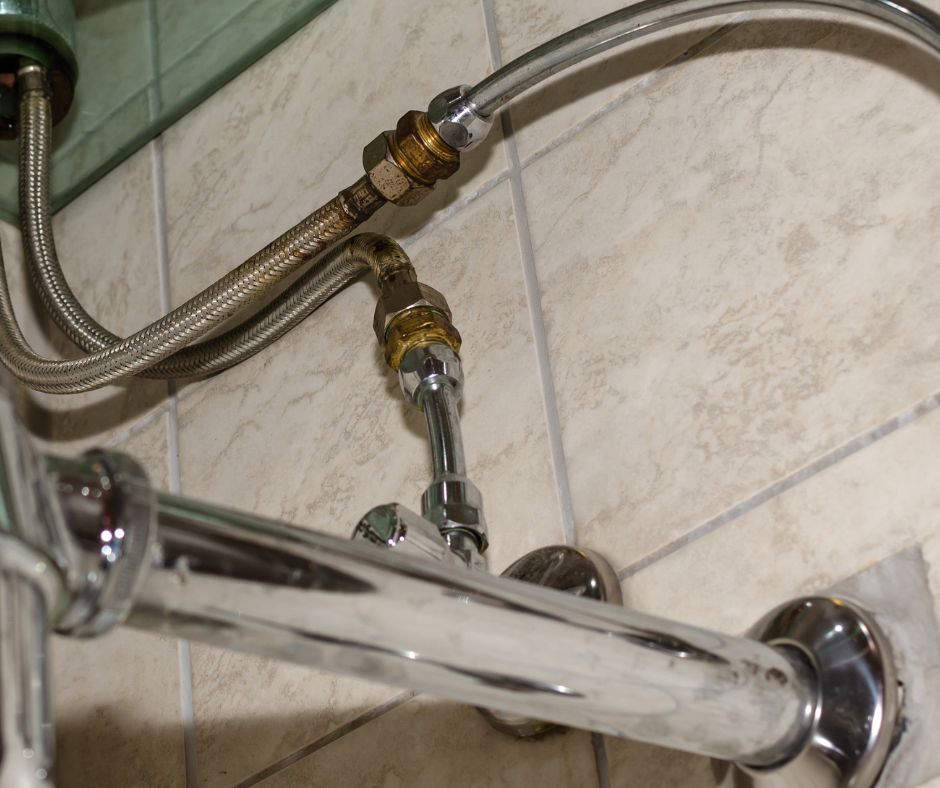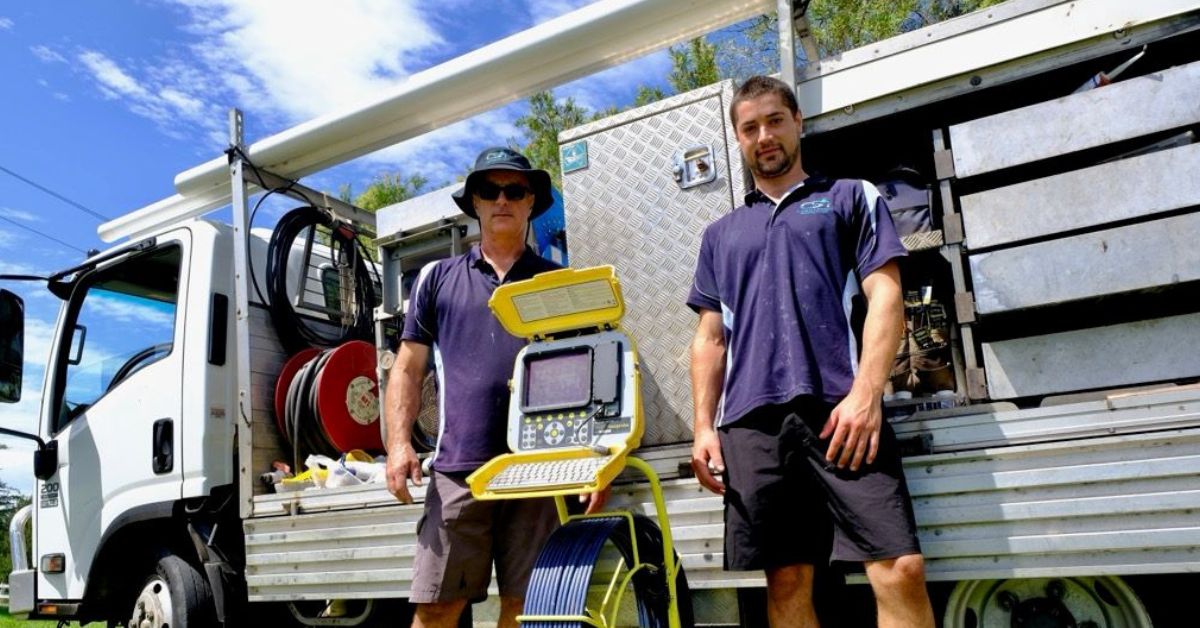Effective Techniques to Discover Hidden Water Leaks in Your Home
Recognising hidden water leaks necessitates careful attention to various atypical signs. Homeowners should be vigilant for a significant rise in water bills, persistent musty odours, moisture on walls, or an unexpected decrease in water pressure. Furthermore, unusually warm areas on floors or the sound of running water when all taps are off may suggest a leak. Residents in Wollongong can verify a leak by turning off all water sources and observing the water meter for movement. If the meter continues to register usage, it is essential to contact a qualified plumber for expert, non-invasive leak detection and prompt repairs.

Dependable and Expert Leak Detection Services You Can Rely On
Water damage can lead to significant repercussions that go well beyond superficial structural issues. Undetected leaks can gradually compromise your home’s structural integrity, inflate your water bills, and foster mould growth in concealed spaces, often only becoming visible after considerable damage has occurred. Timely intervention is critical for protecting your property and ensuring a safe living environment.
Homeowners with older plumbing systems or those living in areas where clay or copper pipes are prevalent are at a heightened risk of experiencing hidden leaks. Recognising early warning signs and understanding how to detect them without invasive measures, such as tearing up floors or breaking through walls, is crucial. This knowledge is essential for every homeowner eager to safeguard their investment and maintain their property’s value.
Comprehensive Understanding of the Nature of Concealed Water Leaks
A hidden leak refers to any water escaping from pipes that occurs behind walls, beneath concrete slabs, within ceilings, or underground, making it invisible to the naked eye. Such leaks can originate from various sources, including damaged pipes, faulty joints, corroded fittings, or seals that have degraded beyond their functional lifespan.
In the Wollongong area, homes are particularly susceptible to hidden leaks due to several environmental factors, including:
- Corrosive, salt-laden air that accelerates pipe deterioration
- Heavy rainfall that can overwhelm local stormwater systems
- Invasive tree roots that can penetrate underground pipework, causing significant damage
Being cognisant of these specific risks highlights the importance of early leak detection, which can save homeowners thousands in repair costs and avert considerable structural damage over time.
Seven Critical Indicators Suggesting Possible Hidden Water Leaks
1. Unanticipated and Unexplained Increase in Water Bills
If your water consumption patterns have remained stable yet your bills are rising sharply, it likely indicates that water is being lost due to an unnoticed leak. A consistent upward trend in your bills is one of the most common and indicative warning signs that there is a serious issue within your plumbing system.
2. Unpleasant Damp or Musty Smells Within Your Home
The presence of mould often correlates with a strong, musty odour. If these unpleasant smells manifest in areas devoid of visible leaks, such as inside cupboards or behind closed doors, it frequently signifies slow water leaks concealed within the walls that demand immediate attention. Addressing this issue promptly can prevent more significant complications in the future.
3. Noticeable Discolouration on Walls or Ceilings
Dark patches, bubbling paint, or peeling plaster are frequently clear signs of trapped moisture within your home. Areas particularly affected include ceilings located beneath upper bathrooms, which serve as common hotspots for hidden leaks. Recognising these signs early can help you avoid substantial repair expenses.
4. Reduced Water Pressure Throughout Your Entire Home
If only one tap is experiencing low water pressure, it may indicate a clogged fitting. However, if the entire house is affected, especially if this change occurs suddenly, it may suggest a breach in your plumbing system that warrants urgent investigation. Identifying the problem's source quickly can save you from larger complications.
5. Warm or Damp Areas on Concrete Floors
Should you observe warm or wet patches on the floor, particularly near bathrooms or laundry areas, it may indicate a slab leak occurring beneath your flooring, which requires immediate attention. Early detection of these issues can help prevent further damage to your home’s structure.
6. Audio Cues of Water Flowing When All Taps Are Off
If you hear a hissing or dripping sound while all fixtures are turned off, it is essential to closely investigate your walls or floors. Such noises can often lead you to an active hidden leak that requires urgent attention. Ignoring these sounds could result in more extensive damage over time.
7. Deteriorating Flexible Hoses Installed Under Sinks or Basins
Flexible braided hoses are commonly used to connect taps to the water supply beneath sinks, basins, and toilets. Over time, the stainless steel braid can corrode or fray, particularly in older homes or in regions with high humidity levels such as Wollongong. Regularly inspecting these hoses is essential for preventing hidden leaks that could lead to costly repairs.

Practical and Efficient Methods to Confirm a Leak Without Significant Disruption
Prior to considering excavation or wall removal, it is prudent to follow these practical steps to identify a leak:
- Monitor Your Water Meter
Switch off all taps and water-using appliances, then document the meter reading. After a 30-minute wait, check the meter again. If it has moved, this indicates a leak that necessitates attention. - Utilise a Thermal Imaging Camera
Many licensed plumbers now provide non-invasive leak detection services that use thermal imaging or acoustic sensors to accurately locate leaks concealed within walls or concrete structures without inflicting any damage. - Inspect for Water Accumulation Under Appliances
Appliances such as dishwashers, fridges with water dispensers, and washing machines often harbour hidden hose leaks that can remain unnoticed for extended periods. Many of these devices are connected with flexible braided hoses (flexi hoses), which can deteriorate over time. A corroded or frayed flexi hose discovered behind or beneath an appliance is a common source of hidden leaks and should be regularly inspected, particularly in homes with older fittings.

When to Seek Assistance from a Licensed Plumber
If you suspect a hidden leak, it is vital to act swiftly. In New South Wales, only licensed plumbers are legally permitted to conduct repairs involving internal pipework or water infrastructure. Neglecting leaks can have serious ramifications for your home insurance and may even violate property compliance regulations.
The NSW Fair Trading Plumbing Code of Practice stipulates that all plumbing work must adhere to approved standards, and any regulated repairs must come with a certificate of compliance from a licensed tradesperson. For further information, please visit their website here:
NSW Fair Trading – Plumbing and Drainage
Essential Actions to Take After Confirming the Existence of a Leak
Once you have verified the presence of a hidden leak, it is crucial to undertake the following actions:
- Arrange a consultation with a licensed plumber who specialises in non-invasive leak detection techniques.
- Cease using any water fixtures in the affected area to minimise further damage.
- Meticulously document all damage if you intend to file an insurance claim.
- Retain all receipts and photographic evidence for future reference to support your claim.
If you require immediate assistance, our emergency plumbing service in Wollongong is prepared to manage urgent leak repairs throughout the region. We are dedicated to delivering prompt and dependable service to ensure your peace of mind.
For ongoing or complex issues, such as tree root intrusions or significant underground leaks, you may also need to contemplate a complete drainage overhaul to restore your plumbing system to optimal functionality.
Crucial Advice for Homeowners in Wollongong
Leaks may not always be immediately apparent. However, the signs consistently exist if you understand what indicators to observe. If you notice even one of the warning signs outlined above, it is vital to investigate further to prevent the issue from escalating into a more serious problem.
Wollongong’s distinct environment means that plumbing issues may behave differently here compared to inland regions. A slow leak behind a bathroom wall or underneath your driveway could lead to substantial expenses if it spreads to electrical systems, foundations, or timber framing. Being proactive is essential.
Early detection is paramount, as it safeguards not only your pipes but also the overall integrity of your home and your investment.
The Article: Detect Hidden Leaks in Your Home Effectively first appeared on https://writebuff.com
The Article Detect Hidden Leaks Effectively in Your Home Was Found On https://limitsofstrategy.com

